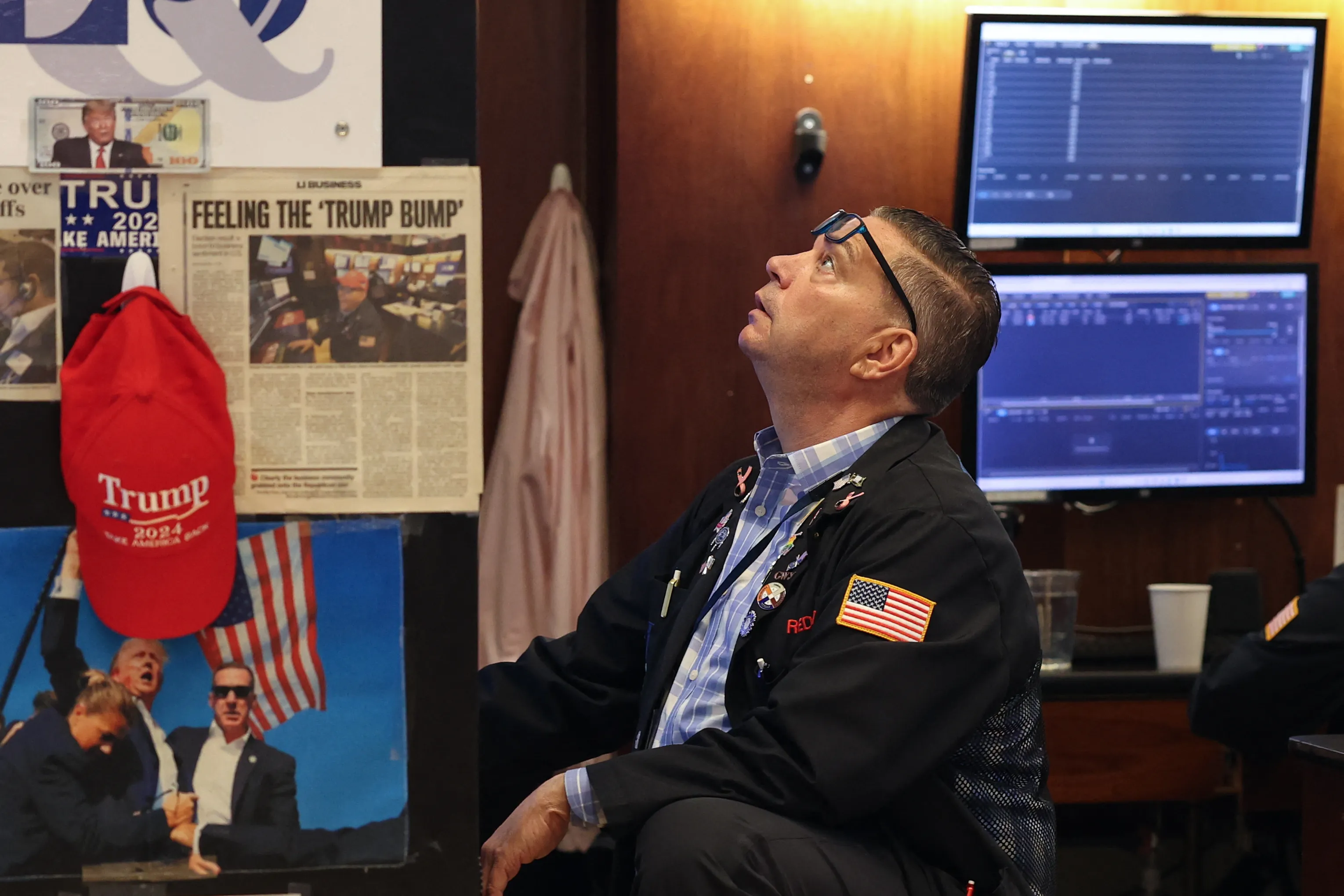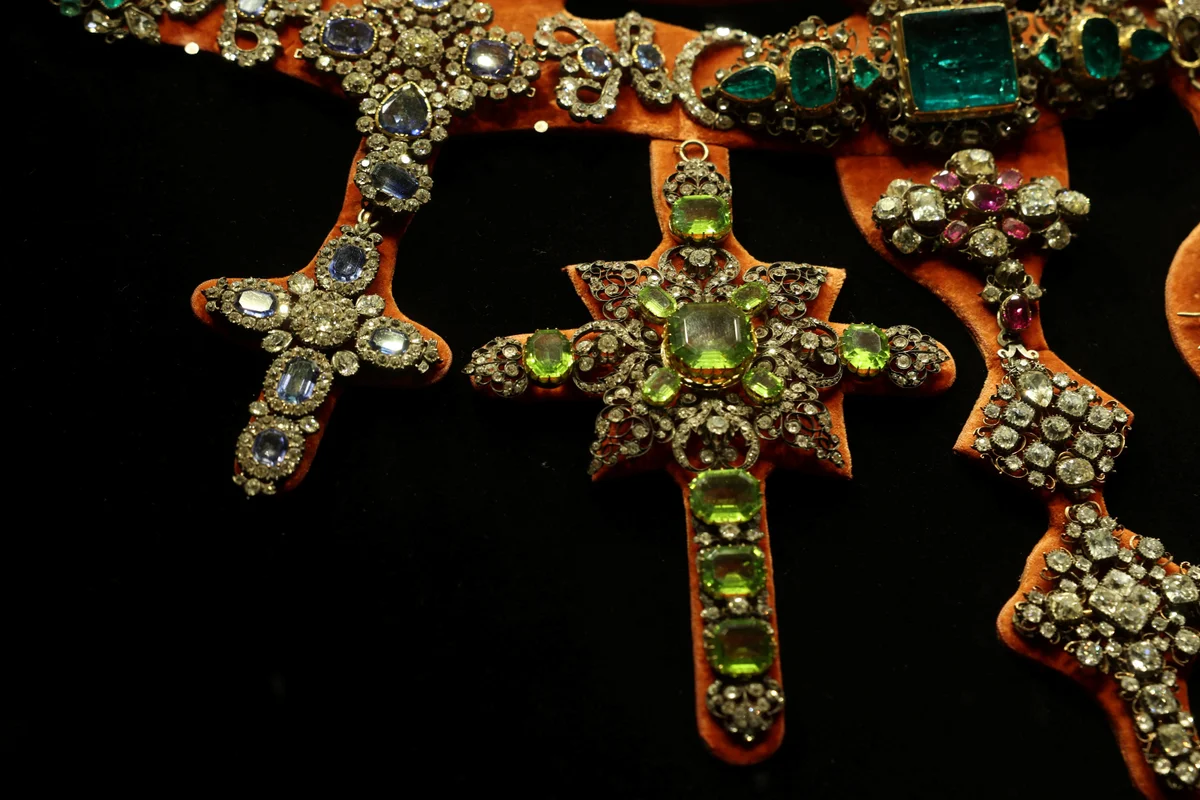Copyright Reuters

Nov 12 (Reuters) - Teradar on Wednesday said it raised $150 million and unveiled a new "terahertz-vision" sensor that it says could disrupt the automotive radar and lidar market by making all-weather, high-resolution sensing cheaper and more durable. The technology could reshape the market for sensors widely used in robotaxis and self-driving applications by offering the resolution of lidar and the robustness of radar in a cheaper, bumper-mounted chip that sees through rain, snow and dust, potentially speeding automakers' shift to safer driver-assistance at a lower cost. Sign up here. Boston-based Teradar said the round was led by VXI Capital, with participation from IBEX Investors, Capricorn Investment Group, The Engine Ventures and Lockheed Martin Ventures. "By 2030, it's a $20 billion market," CEO Matt Carey told Reuters, adding that automakers are looking for sensors that can finally make hands-free driving safe and affordable. The startup said it is already working under paid development programs with five major automakers in the U.S. and Europe and expects its first production vehicle program in 2028. Carey said Teradar's fully solid-state design, built from standard silicon, enables costs comparable to imaging radar while delivering 20 times better resolution. "Our goal is to give every vehicle, not just luxury ones, lidar-level perception that works in all weather," he said. The sensor can be configured for near or long-range vision and used in vehicles with anything from basic driver-assistance to advanced self-driving features. Carey said automakers are responding quickly, planning test-track demonstrations across the U.S. and Europe. Because the sensor mounts behind bumpers and lacks moving parts, it can replace existing radar locations without redesigning bodywork. Teradar argues its approach bridges that divide. While focused on automotive markets, the company said its terahertz technology could also support defense, security and industrial uses. Reporting by Akash Sriram in Bengaluru; Editing by Tasim Zahid Our Standards: The Thomson Reuters Trust Principles., opens new tab Akash reports on technology companies in the United States, electric vehicle companies, and the space industry. His reporting usually appears in the Autos & Transportation and Technology sections. He has a postgraduate degree in Conflict, Development, and Security from the University of Leeds. Akash's interests include music, football (soccer), and Formula 1.



